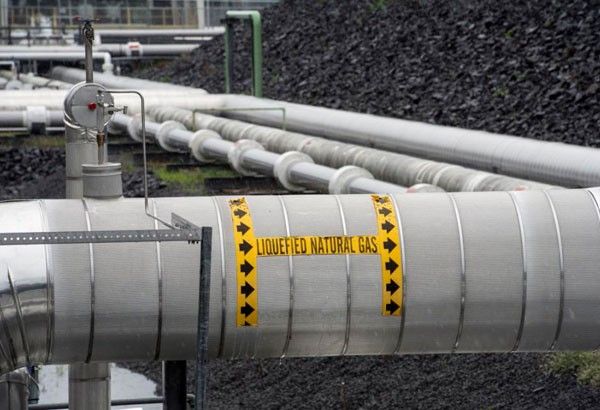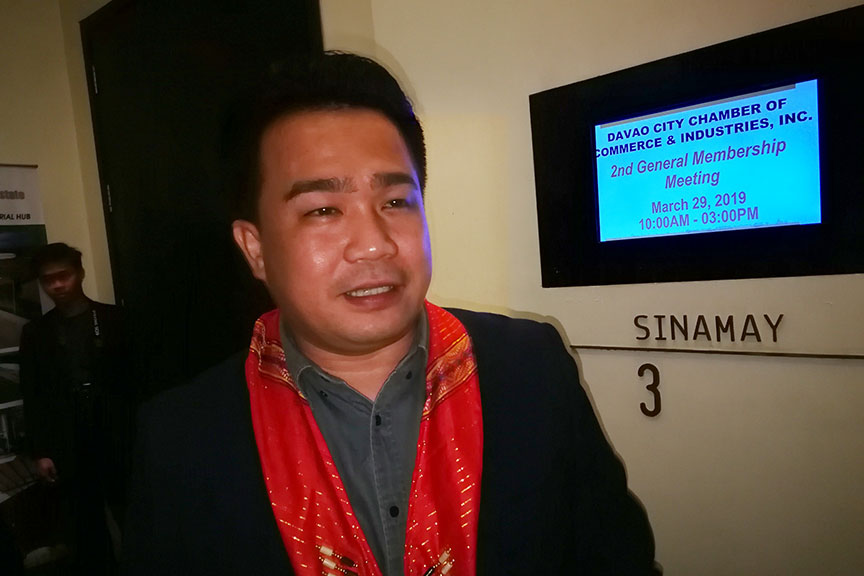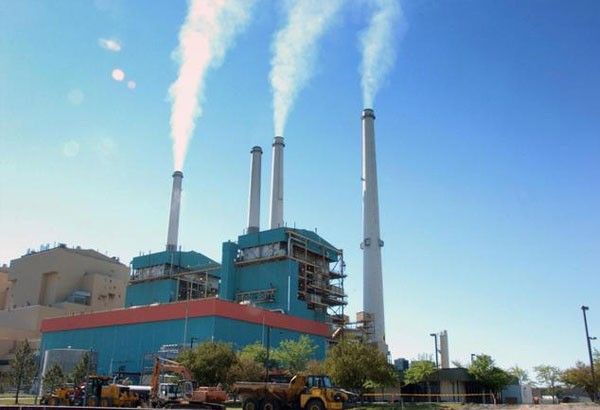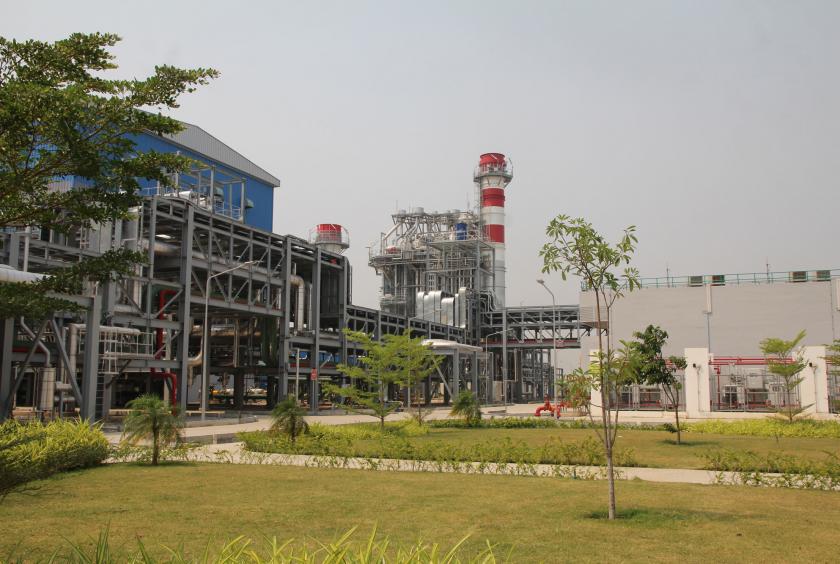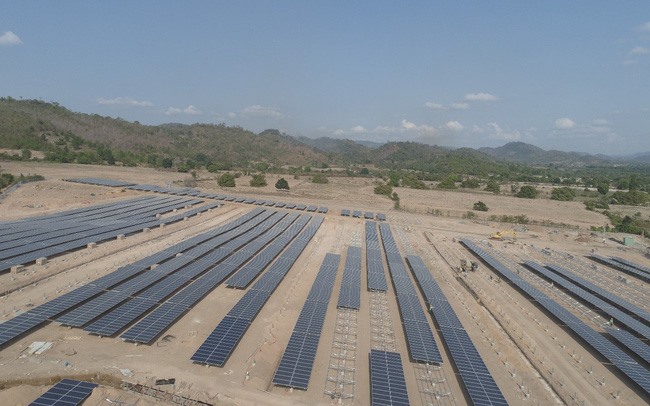- Oil & Gas
–
- Philippines
MANILA, Philippines — Pangilinan-led PXP Energy Corp. and Dennison Holdings Corp. of Dennis Uy have mutually agreed to cancel their potential teamup in the country’s liquefied natural gas (LNG) sector.
The mutual termination of agreement, which took effect yesterday, comes two days before the March 31 deadline to settle the entire subscription price, PXP Energy disclosed to the Philippine Stock Exchange yesterday.
“On effective date, all rights of the strategic investor to subscribe to the aforesaid common shares of the company, and any obligation of the company to issue such shares to the strategic investor, are terminated without any residual rights of any kind remaining with the strategic investor,” PXP Energy said.
“Accordingly, all other rights of the company under the agreement are terminated, including the right to receive payment of the remaining balance of the subscription price,” it said.
At the same time, PXP Energy said it also relinquished any and all preferential rights granted under the agreement.
The deal, which was signed in October last year, covers the subscription of Dennison to its 340 million common shares at P11.85 apiece totaling P4.03 billion.
In exchange for the shares, PXP Energy or any of its affiliate companies would be given preferential rights to acquire up to 49 percent in Phoenix Petroleum Philippines Corp.’s share in its joint venture with China National Offshore Oil Corp. (CNOOC) for LNG development.
However, earlier this month, Phoenix Petroleum and CNOOC Gas and Power Group Co. Ltd. signed a memorandum of understanding (MOU) with state-run Philippine National Oil Co. (PNOC) to explore and discuss business opportunities and cooperation in relation to the equity investment in Tanglawan Philippine LNG Inc.
Last year, Tanglawan Philippine LNG was granted a notice to proceed (NTP) by the Department of Energy (DOE) to build the LNG hub project with a capacity of 2.2 metric tons per annum which is targeted to start commercial operations by 2023.
With the cancellation, the downpayment paid by Dennison has been forfeited in favor of PXP Energy.
So far, Dennison paid one percent of the total subscription price amounting to P40.29 million last January.
While proceeds were supposed to be used in partly funding exploration activities and other oil assets within the Philippines and in Peru, PXP Energy said its financing would l not be affected by the termination of the deal.
“The cancellation of the agreement does not affect the funding obligations of the company in respect of its various service contracts this year,” it said.
PXP is an upstream oil and gas company incorporated in the Philippines whose shares are listed on the Philippine Stock Exchange.
The company directly and indirectly owns oil and gas exploration and production assets located in the Philippines, and indirectly owns an exploration asset located in offshore Peru.


